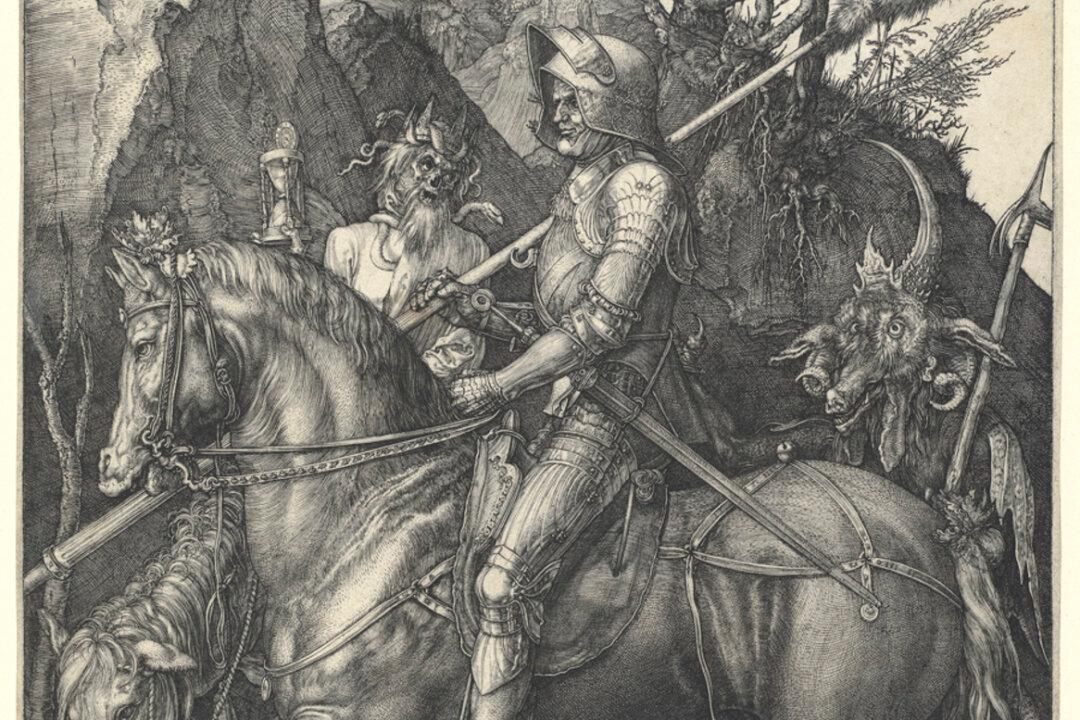I sometimes wonder what it means to be the hero in one’s own life story. How might we lead a virtuous and dignified life despite hardships? This is not an unusual question in any sense. Cultures across time and in different places have wrestled with this moral question.
Albrecht Dürer, the Printmaker
Born in Germany during the late 15th century, Albrecht Dürer was one of many artists interested in asking moral questions during the Renaissance period. He was an accomplished painter and draftsman, but many of his greatest works are in the medium of printmaking. He pushed printmaking to new heights and legitimized it as an independent art form.One of his greatest print series is the “Meisterstiche” or master engravings, which are a group of three images: “Saint Jerome in His Study,” “Melancholia,” and “Knight, Death, and the Devil.”





